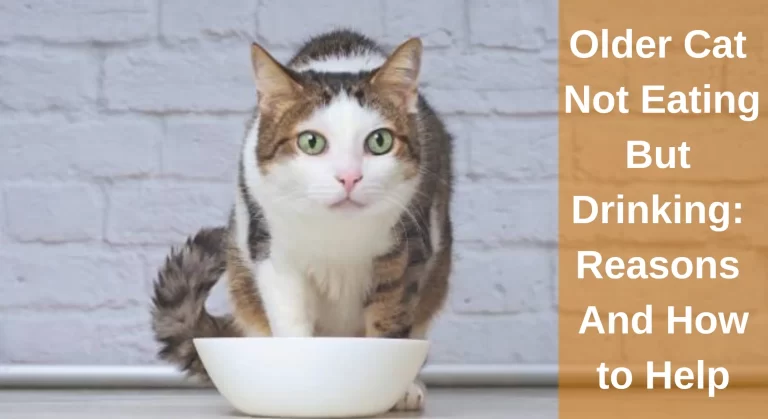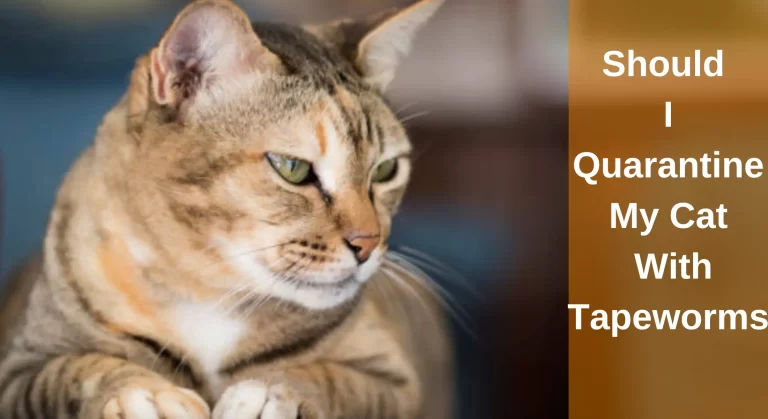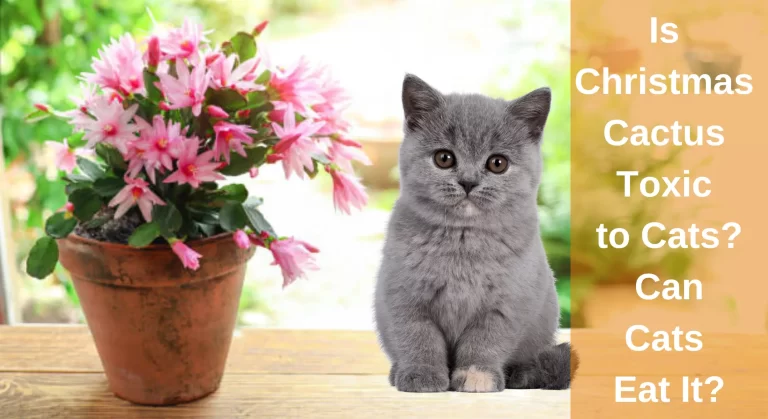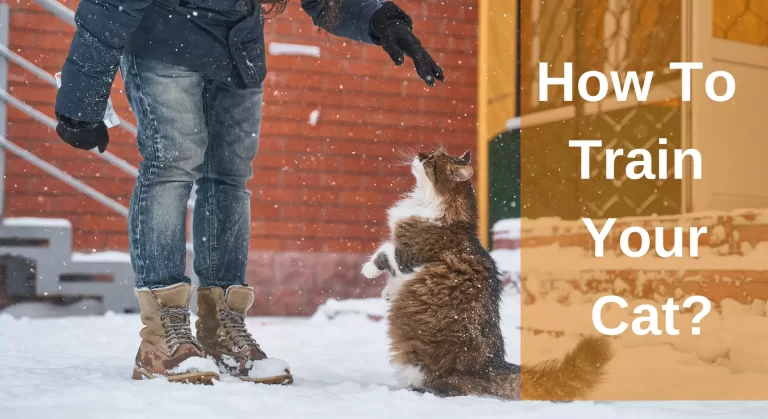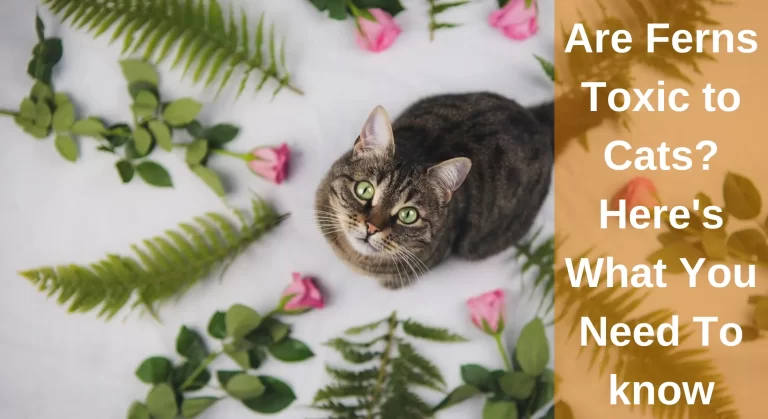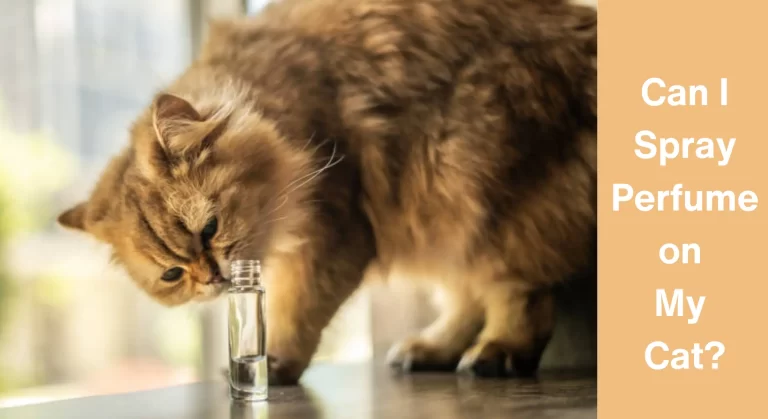Why Is My Cat’s Hair Oily And Clumping?[Answered]
Healthy cats will lick and bite at their fur for hours to eliminate dirt and debris. A cat’s coat that is greasy and clumpy means something is wrong. Usually, medical reasons, either physical or emotional, are the cause of this problem. Many cat owners ask this question why is my cat’s hair oily and clumping?
Cats with obesity or arthritis will have greasy and clumpy fur because they cannot groom themselves. Cats will also be unwilling to groom themselves if they suffer from oral issues or dental pain. Medical concerns include diabetes, skin conditions, and hyperthyroidism may also cause the symptoms. It is also possible for cognitive dysfunction to be diagnosed early when a cat does not groom itself.
Your cat will feel uncomfortable with an untidy coat, so you should help with daily grooming. To take corrective action for your cat’s greasy and clumpy fur, you’ll also need to determine the cause of the problem. Let’s look at the reasons why cats’ fur becomes greasy and clumpy:
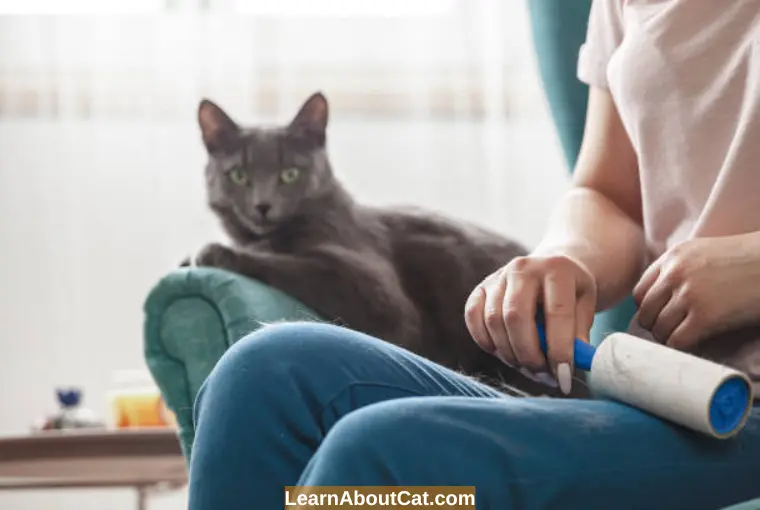
Why Is My Cat’s Fur Looking Clumpy And Greasy?
A cat with greasy or oily fur may generally be healthy or have underlying medical conditions that need to be considered. An overweight cat may have ceased grooming. A fat cat may avoid grooming because of general lethargy or laziness, or he may find it physically challenging to reach particular places to maintain his usual level of cleanliness.
In addition to obesity, other medical disorders that can cause cats to have untidy or oily fur include arthritis, diabetes, hyperthyroidism, dental disease, and various internal illnesses. Your cat may find it challenging or painful to arrange himself in a normal grooming position if he has one of these medical issues. He can get too exhausted from those ailments to maintain a regular grooming practice.
1. Dental Issues
A cat will be hesitant to groom itself if it has discomfort in its teeth. For a cat with dental problems, grooming is just as unpleasant as eating. Along with hesitating to groom itself, a cat with dental issues will exhibit the following signs:
- Unwillingness to eat or drink
- Swelling in the mouth area
- Discoloured and stained teeth
- Stout gums and bad breath.
Take action as soon as a cat exhibits any signs of dental discomfort. It is possible to reverse the disease if you catch it early.
2. Obesity
You must encourage weight loss in cats or decrease their calorie consumption. Obesity puts stress on cats’ hearts and joints. Diabetes can strike an overweight cat of any age. It causes hormonal changes in a cat’s body, which result in oily, matted hair. The inability to do this results in oily and clumpy cat fur in difficult-to-reach areas.
Check Out: How to Help a Cat Lose Weight with Multiple Cats at Home?
3. Painful joints and Arthritis
Osteoarthritis in older cats is a constant threat. Due to this stiffness, a cat won’t be able to or will be hesitant to groom.
Your cat’s arthritis might be apparent later. Cats are adept at masking their discomfort and agony. A cat will decide not to move if it can’t walk without limping. Cats view showing outward symptoms of pain as weakness. If your cat no longer leaps to and from the sofa and has greasy fur, arthritis is probably the blame.
4. Depression
Depression is likely if your cat is withdrawn and not eating. Cats who are depressed have little interest in grooming themselves. A cat may get depressed for the following reasons:
- Significant lifestyle changes
- Chronic pain
- Missing a previous owner or companion cat,
- Boredom or Loneliness.
There is no way to predict how long your cat’s sadness will last, so do not wait for it to go away. Add a variety of stimulation to your cat’s environment and make sure it has a regular schedule.
5. Infestations with Parasites
Your cat’s hair will suffer if fleas and mites gather in large numbers. This will make the fur look less attractive. Sadly, prophylactic measures can sometimes result in oily and clumpy hairs. The chemicals that the treatment releases will be to blame for this. The therapy is given to the shoulders, which are often the only affected area. Both flea bites and allergic responses can result in seborrhea. Finding an appropriate preventative therapy is essential for several reasons.
Also, Check Out: Why My Cat Has Scabs on Its Neck But No Fleas?
6. Skin Disorders
Cats are susceptible to skin-infecting fungi. These diseases will harm fur as a result. The most common feline skin disorders are seborrhea and ringworm. Outdoor cats are most frequently affected by fungus. Skin disorders are most likely to occur when indoor cats come into contact with outdoor cats.
- Ringworm: A very contagious fungus illness is ringworm. Cats with ringworm develop round, dry, and flaky rings on their skin. Inflammation is the root cause of these. Dermatophytes are the fungi that cause ringworm symptoms. These fungi consume the keratin in a cat’s hair as food. As a result, the fur gets dirty and discoloured. The hair may start to fall out in clumps soon.
- Seborrhea: It causes dry, itchy, flaky, and red skin. Cats with seborrhea also develop dandruff and oily hair. Seborrhea can run in families. It may also coexist with another sickness as a secondary condition. In most cases, seborrhea may be cured by treating its underlying cause. Only topical steroids will be able to control the problem.
7. Cognitive Dysfunction
A senior cat may be having trouble with its cognitive abilities. Now everyone agrees that actions once thought to be signs of “old age” are signs of cognitive impairment. Beginning at about age 10, this type of feline senility begins to show symptoms. Older cats are most likely to experience this situation.
Your cat will frequently be confused if it has cognitive impairment. The cat won’t remember simple activities like grooming. Your cat will need your assistance. Utilise a comb and brush to groom actively. Even the most laid-back cat will want to keep its appearance and aroma fresh.
8. Hyperthyroidism
The body will be flooded with thyroxine-a if your cat has hyperthyroidism. This hormone affects a cat’s metabolism. Therefore an overabundance can have a variety of adverse effects.
Therefore, since oily or greasy fur is the first indication of hyperthyroidism, you should pay attention to it. If hyperthyroidism is determined to be the cause, your cat will require lifetime oral treatment.
In and of itself, hyperthyroidism is not deadly. Thyroid function has to be checked often in your cat as it sometimes causes feline renal failure.
9. Poor-quality Diet
Poor-quality hair might result from a cat’s diet lacking the proper nutrients. Check the nutritional value of your cat’s diet if its hair is clumpy or greasy. Typical problems include inadequate or poor-quality protein-fat sources, excessive amounts of carbohydrates and food cooked or served at a high temperature.
Different dietary requirements apply to older cats. Maintain high-quality protein and limit your intake of carbs. Carbohydrates have little nutritional value to cats since they must eat meat.
For a senior cat, prioritise wet food whenever feasible. Amino acids are absent from dry meals since they are only present in animal fats and protein.
Also Read: What Causes Matted Cat Fur?
How to Treat Your Cat’s Greasy Hair?
When your cat changes its coat, take note if there are any other symptoms associated with it (like changes in drinking, eating, urinating, lethargy, or a lack of self-grooming). A veterinarian should examine any change in hair coat quality in cats.
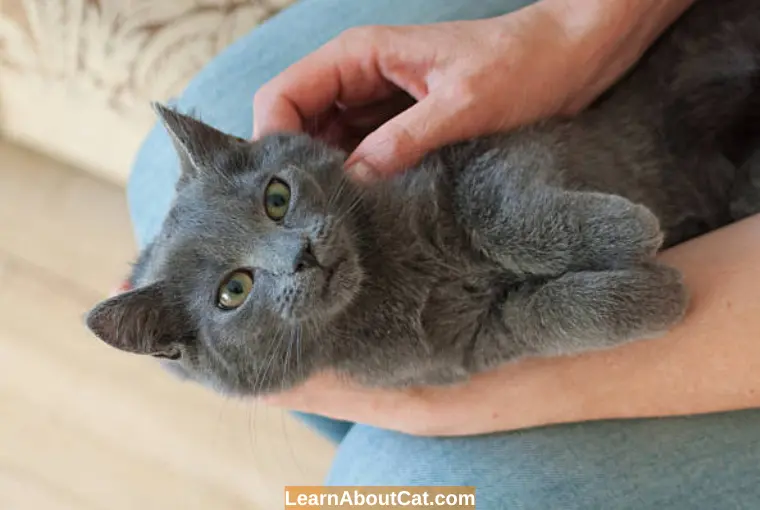
Here are some things you can do at home to prevent oily hair coats
- Determine the underline cause of greasy hair.
- Give your cat a high-quality protein diet.
- Avoid overfeeding because it leads to obesity.
- Help them in grooming.
- Brush and bathe your cat, using only a vet-recommended shampoo while bathing.
The treatment for your cat’s greasy fur issue will vary depending on the cause.
You might Like to Read: Homemade Detangler Spray for Cats: A Guide to Making Your Own Natural Solution
Frequently Asked Questions
Why does my cat’s fur feel sticky?
In addition to obesity, other medical disorders that can cause cats to have untidy or oily fur include arthritis, diabetes, hyperthyroidism, dental disease, and various internal illnesses.
What does unhealthy cat fur look like?
An unhealthy cat’s coat appears dry, flaky, greasy, bald or thinning patches, or lumps under the skin; visit your veterinarian.
What does a sick cat’s fur look like?
A cat who is not feeling well does not groom herself well. As a result, you will usually see a messy coat, mats of fur, or loose hair clumps. Sometimes you may notice that their coat is dull or that they have more dandruff than usual.
Should you bathe a greasy cat?
If your cat gets something sticky, greasy, or nasty on their coat, you may need to bathe them.
The Bottom Line on Why Is My Cat’s Hair Oily And Clumping
There are several potential causes of greasy fur. The most evident one is poor grooming practices brought on by weight and fatigue. The sebaceous glands are involved in different scenarios. Sebaceous glands primarily reside around the skin’s hair follicles and secrete sebum to waterproof the hairs and keep the skin healthy.
Flea allergies can occasionally result in oily fur. If your cat has a flea allergy, even one bite from a flea might be problematic. Wash your cat once per day for a few days to see whether the issue resolves if it is eating and drinking usually and otherwise appears healthy. Sebum production from the sebaceous glands may be excessive.
For approximately a week, give your cat one daily wash with a mild shampoo, such as baby shampoo or a shampoo recommended by your veterinarian. Consult a veterinarian if your cat’s condition doesn’t improve.
Related Posts:
Who is Isabella?
My name is Isabella, and I am a dedicated and knowledgeable cat enthusiast. With years of experience caring for cats and a deep love for felines, I made a mission to help other cat lovers navigate the challenges of cat ownership.

